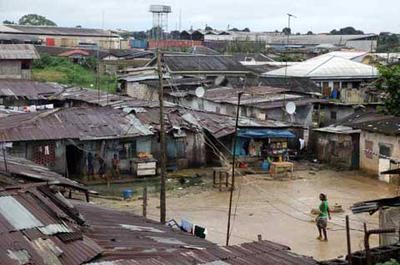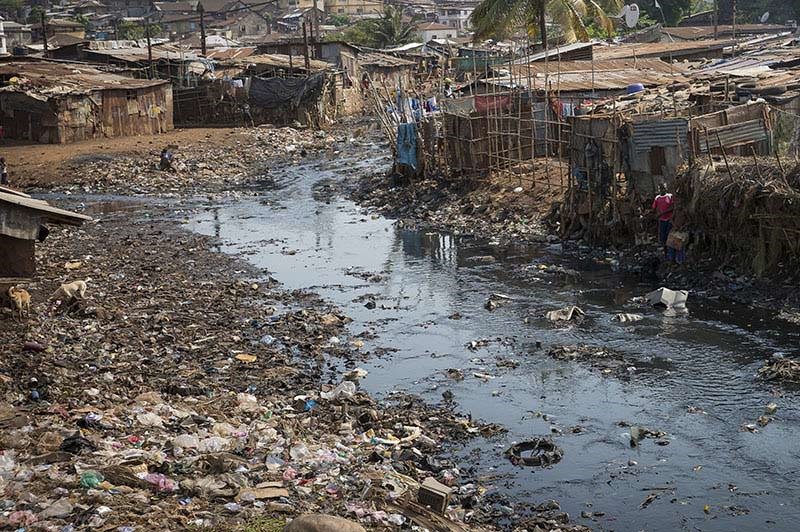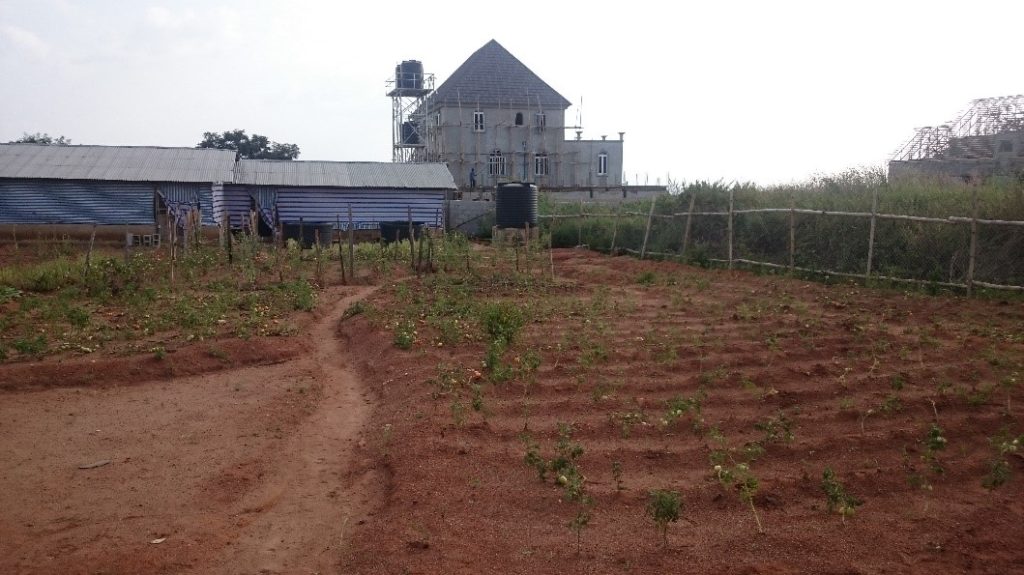The prevalence of slums and shanties, a.k.a. ghettoes is a consequence of development where urban growth does not match urban development. It is a classical case of non-enforcement of regulations guiding urban development. In many urban cities in Nigeria, people of similar social classes are found living in the same neighborhood.
The rich and powerful are found in the expensive city centers, with the best social amenities, good road networks with drainages and streetlights for their exotic cars, posh buildings, round-the-clock power and water supply, security and large commercial complexes. Next to these are the well-to-do with decent amenities and social structures; while farther away in the slums and suburbs are those at the bottom of the pyramid where everything is poor and poverty defines everything the senses see, feel, taste, smell and touch.
Design, review, regulation, and enforcement of strict adherence to master plans rest on the shoulders of urban development authorities. A master plan is conceptualized as a document which provides long-term plans and vision for a city. It contains and gives guide for appropriate land use identifying locations for commercial, residential, industrial, and mixed-uses as well as the population densities in the areas and provides protection for the environment as well as cultural and historic sites. It is designed to as much as possible provide comfort, convenience, safety, public health and general welfare of the populace.
However, adherence to master plans and enforcement is lacking in many instances in Nigeria, hence the rise and development of slums and shanties. A slum according to UN-HABITAT, is defined as a household with individuals living under the same roof lacking durable housing, sufficient living space, and access to basic amenities including water, sanitation and security of tenure against eviction.
They are some of the most environmentally unsafe areas often characterized by settlements on steep slopes and hillsides or flood plains. Moreover, slum sites are also found near polluting factories and industries, solid waste dumps, sewers, and open drains among others. The settlements are made of sub-standard materials like rotten timber, corrugated iron sheets, thatched hay and mud bricks.

A slum in Mpape, Abuja (Source: Abuja-ng.com)
The United Nations reports that over 54% of the world’s population is living in urban areas and projected to rise up to 66% by 2050. In Nigeria, the World Bank statistics showed that about 50% of Nigeria’s total population is living in urban areas. As at 2010, the urbanization rate of Nigeria was 3.5%. The latest statistics now puts our urban migration at a rate of 4.66% per annum.
An unbalanced relationship between urban growth and urban development results in the rise of slums. Crime rate, drug abuse, social vices and abuses are high here because there is no security presence. Teenage pregnancy, promiscuity, maternal and child mortality, outbreak of diseases and water-related deaths, poverty and illiteracy are also high as a result of underdevelopment and absence of quality education, health, clean water and sanitation. These slum-related issues are ever increasing in these societies.
The development of slums is a consequence of a number of factors, principal among which is rapid population growth and urbanization without adequate and affordable housing and infrastructures to commensurate this growth. Others are the ever increasing gap between the rich and the poor, rural-urban migration, poor housing planning, poverty, lack of or progressive decay of infrastructural facilities and economic stagnation and war.
But how does slum settlement affect the environment?
Slum squatters in addition to living in risky conditions create environmental problems which aggravate and exacerbate the already squalid situation they contend with, beset with poor water and insanitary conditions and the signature conscienceless socio-cultural value.
- Water supply, sewage and waste disposal systems
Water is a basic necessity for life. The availability and quality of this life-giving resource directly affects the quality of life. Clean water is almost nonexistent in these areas; squatters obtain water from alternative sources mostly unsafe, resulting in waterborne diseases as cholera and diarrhea. Waste disposal and sanitation facilities especially domestic solid wastes are poor. Most of the people defecate directly on open lands and ditches and in rivers and canals. They release wastes directly into open areas, drainages, low-lying lands, open spaces and into water bodies causing many problems. These places become the breeding places for rodents and other disease causing organisms.
- Congestion, substandard housing
The quality of housing is decrepit, poor and substandard and families are usually found to be heavily congested in single rooms made of corrugated sheets or timber without toilets, leaking roofs and crappy windows which do not favor ventilation. Diseases are found rampant here.
- Deforestation, displacement and pollution
The emergence of slums results in deforestation, displacement of endangered species, pollution of natural waters threatening the existence of aquatic life, destruction of natural habitat, and removal of vegetation cover leaving lands susceptible to erosion. The open dumping of refuse makes the area an eye sore and produces very bad air while at the same time polluting the waters. The burning of refuse also releases thick smokes souring in the atmosphere and releasing nitrous gases, methane gases and CO2.

Slums pollute the land and nearby water bodies (Source: Africa Ranking)
- Straining available resources
Where master plans are not strictly adhered to, it results in haphazard developments which will in turn affect the government’s plan on the facilities and resources provided. When the city is designed for say 1000 inhabitants, the facilities provided would be for 1000 persons. Now, when more than this number resides in the city, the facilities become strained and unable to go round. In the end, people will have to provide themselves with the facilities/amenities from alternate sources or at best ration the available. In the course of providing themselves with the facilities in question, they alter the natural environment and adding strains to the available finite resources provided by nature.
Adherence to master plans makes it easy for cities to grow and flourish and easily identifies areas for remodeling, re-development and improvement. It has become necessary that government at all levels and across board work to bridge the gap in housing, poverty, and infrastructure so that the rise and development of slums can be checked. The regulating authorities must be reinforced with all they need to work and stop further development of slums and shanties which will consequently make redesign, redevelopment and urban renewal easier.
Blog written by Abdulmumin.
 Abdulmumin Tanko has a master’s degree in Civil Engineering with an insatiable desire for research and writing. A staunch environmental enthusiast and a fervent campaigner for environmental consciousness, he works to break the silence and end the nescience, largely responsible for environmental indiscretion. He believes that a serene and safer environment begins with YOU. Follow him on Twitter @Tikaysmalls
Abdulmumin Tanko has a master’s degree in Civil Engineering with an insatiable desire for research and writing. A staunch environmental enthusiast and a fervent campaigner for environmental consciousness, he works to break the silence and end the nescience, largely responsible for environmental indiscretion. He believes that a serene and safer environment begins with YOU. Follow him on Twitter @Tikaysmalls



